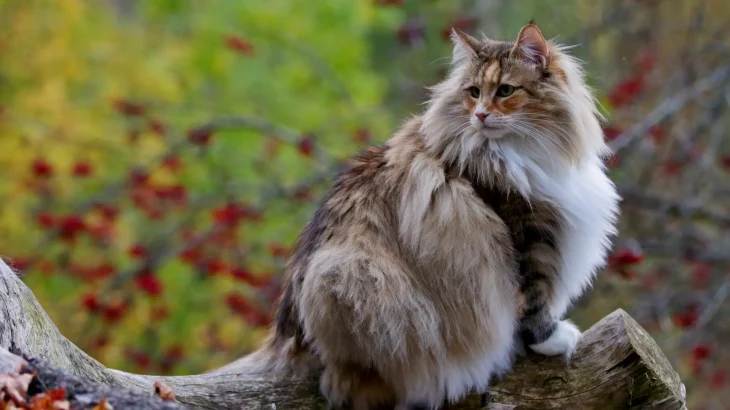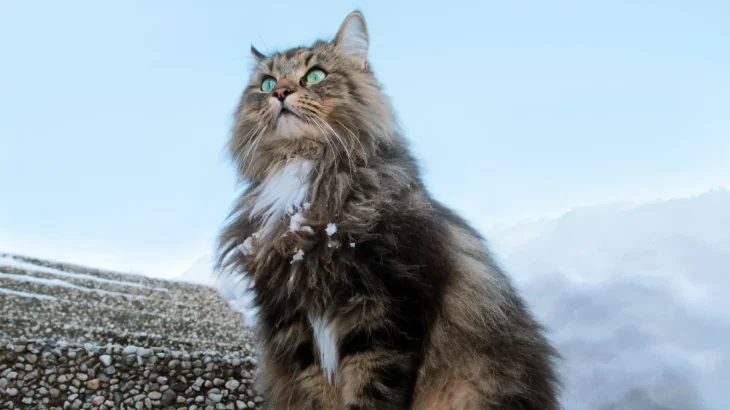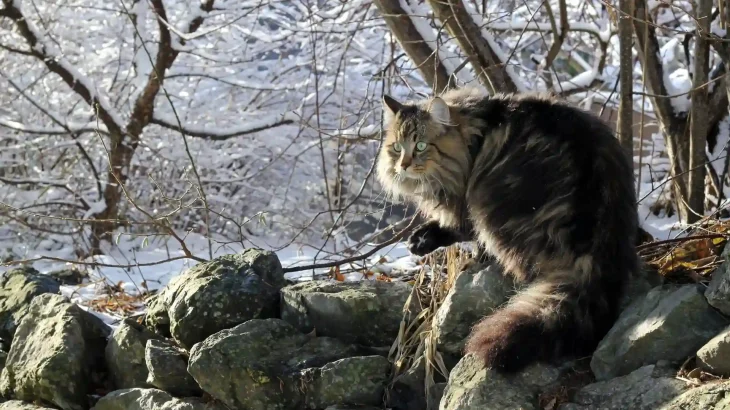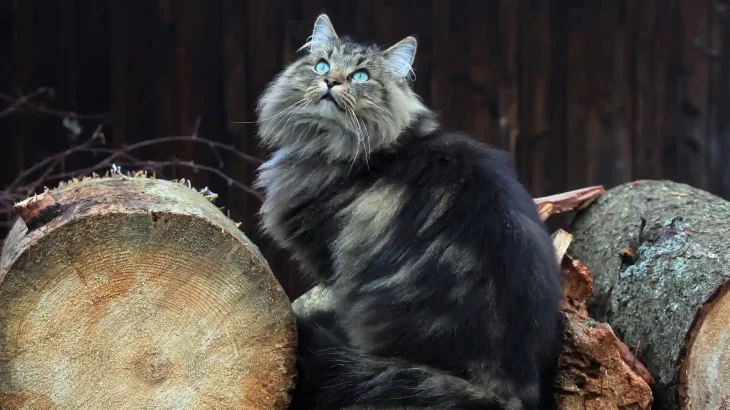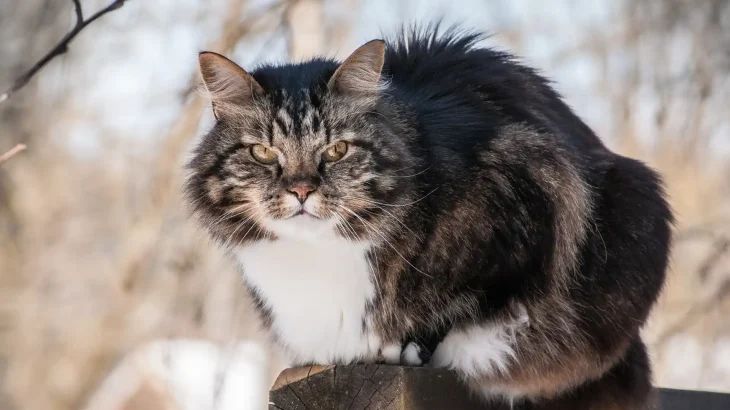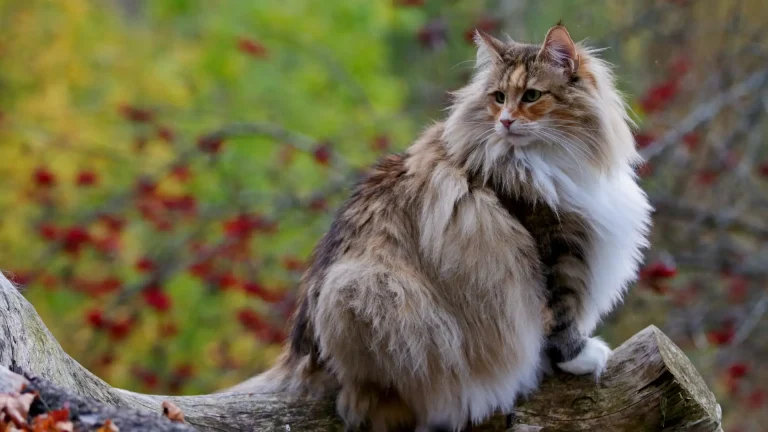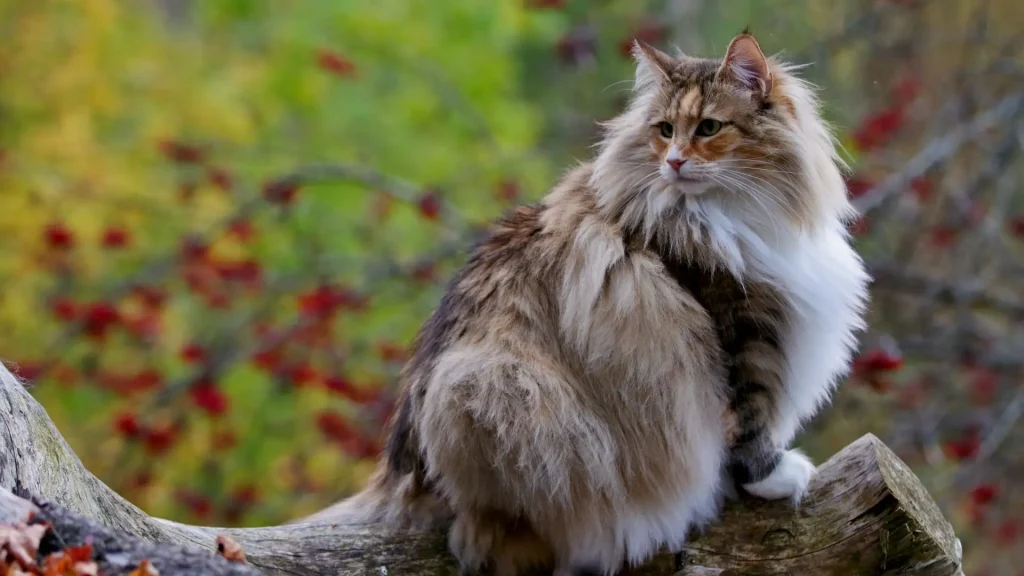Deciding between adopting or purchasing a Norwegian Forest Cat kitten involves weighing the predictability of health and lineage against the chance to rescue a cat who needs a home. While buying from a breeder often offers detailed background and breed assurances, adoption gives the rewarding opportunity to provide a loving environment to a cat, sometimes with less certainty about its past.
Adoption vs. Breeder: Pros & Cons
| Criteria | Buying from Breeder | Adopting from Shelter/Rescue |
|---|---|---|
| Cost | Usually higher, reflecting breed purity and breeder care (often $800-$2,000). | Generally lower adoption fees, often $50-$200, sometimes including medical care. |
| Health History | Comprehensive records and genetic screenings are often provided. | Health history can be limited or unknown; basic vet checks usually performed. |
| Age Availability | Primarily kittens, allowing early socialization. | Varied ages, including adults and seniors. |
| Temperament Insight | Breeders share lineage and early socialization details. | Shelter staff report observed behaviors; full background may be limited. |
| Supporting Practices | Supports breed preservation via ethical breeding. | Supports animal welfare by giving homes to cats in need. |
| Breed Purity & Pedigree | Guaranteed purebred with documentation. | Pedigree often unknown; purity not guaranteed. |

